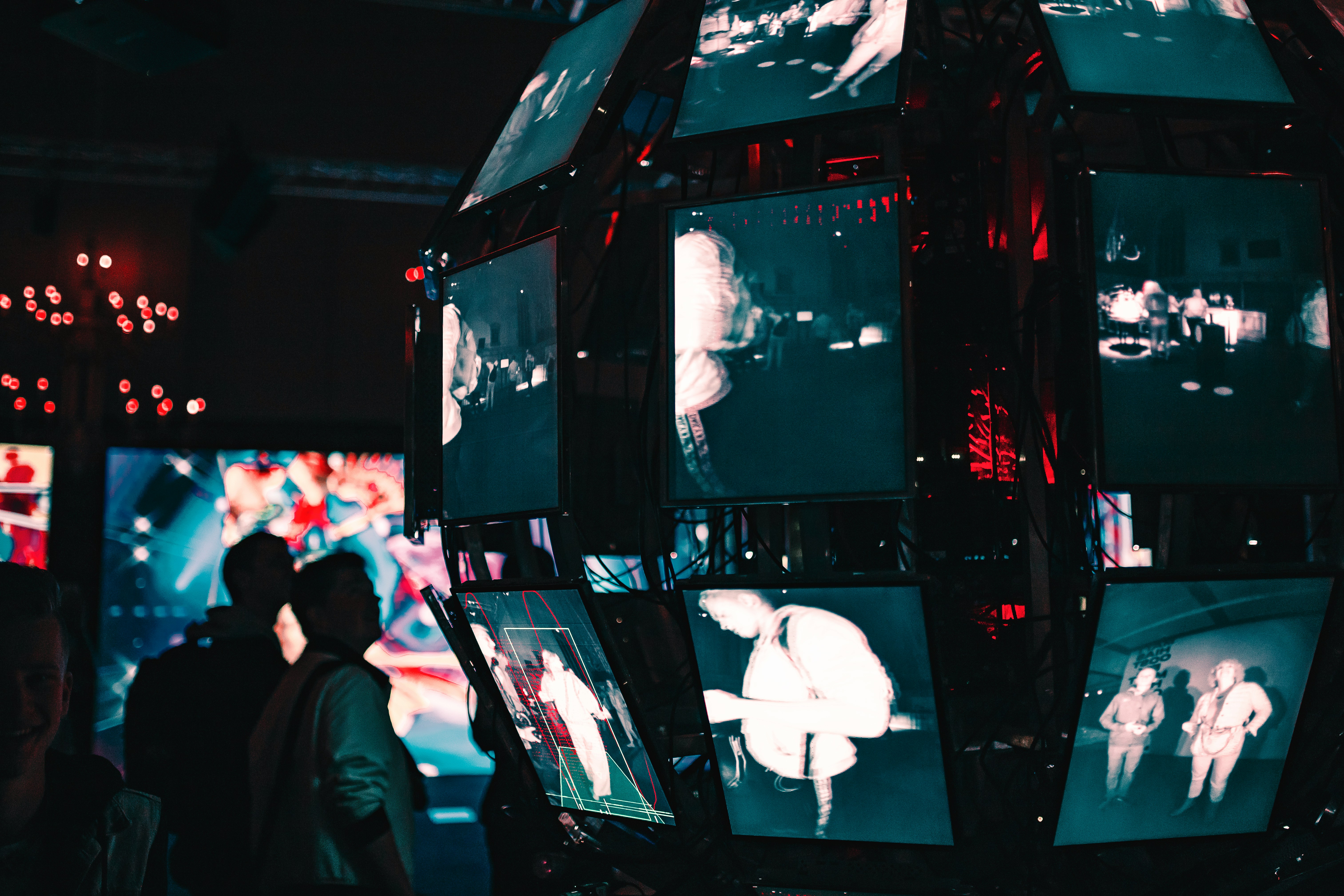Unveiling the Potential of Holographic Technology: A New Dawn in Visual Communication
Introduction: The realm of visual communication is about to experience a groundbreaking shift. As we stand on the brink of a new era, holographic technology stands out as a game-changer. Let's dive into the world of holography, explore its history, current advancements, and potential future implications.

A Glimpse into the Past: The Birth of Holography
Holography is not a new concept; it was first introduced in 1947 by Hungarian-British physicist Dennis Gabor. Gabor’s work, which earned him the Nobel Prize in Physics in 1971, laid the foundation for the development of laser technology, which made the creation of high-quality holograms possible. Over the decades, holography has evolved, expanding beyond scientific laboratories into popular culture and consumer electronics.
The Here and Now: Holography in the Modern World
The recent upsurge in holographic technology is driven by advancements in lasers, optics, and computing. Holograms are now used in a range of applications, from entertainment and advertising to security and medical imaging. In 2012, a hologram of Tupac Shakur performed at the Coachella Valley Music Festival, marking a significant milestone in the entertainment industry. In 2020, South Korean telecom giant, KT Corp., streamed South Korea’s first live holographic broadcast, showcasing the technology’s potential to transform communication and broadcasting.
The Magic of Holograms: How Holographic Technology Works
Holography involves the use of interference and diffraction to record and reproduce a three-dimensional light field, creating an image that appears to float in space. The process requires a coherent light source, like a laser, and can produce images that are static or animated, monochrome or full-color, and visible with or without special glasses.
The Future Projection: Holographic Technology and Its Market Impact
The global holography market is projected to reach $5.5 billion by 2023, according to a report by Market Research Future. The growing demand for holographic displays in events and advertisements, the increasing use of holograms for medical imaging, and the potential application of holography in data storage and security are key factors driving this growth.
The Final Frontier: What’s Next for Holographic Technology?
The future of holography is promising. With the advent of 5G and advancements in virtual and augmented reality, holograms could soon become a common part of our daily lives. Imagine video calling a three-dimensional hologram of your friend or attending a live concert right in your living room. As we continue to push the boundaries of technology, these sci-fi concepts could soon become our reality.
In conclusion, holographic technology, with its rich history and exciting potential, promises to revolutionize visual communication. As we continue to innovate and explore, the world of holography offers endless possibilities. Today, we stand on the cusp of a new era, one where holograms could become as commonplace as smartphones, forever changing the way we see and interact with the world.




